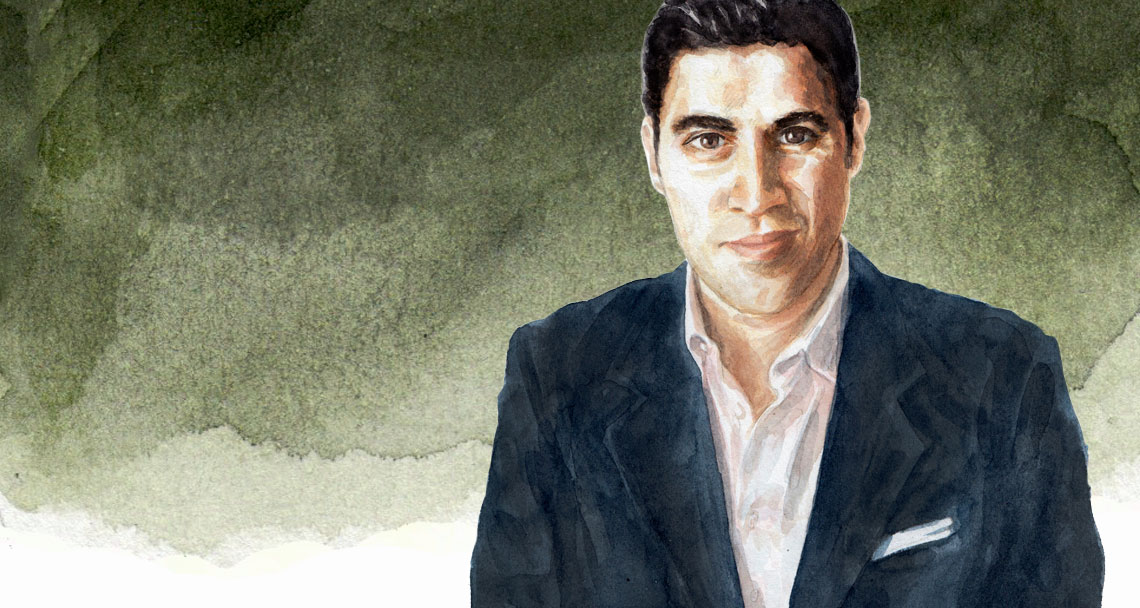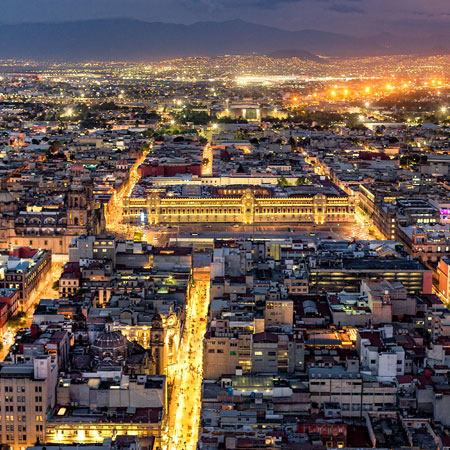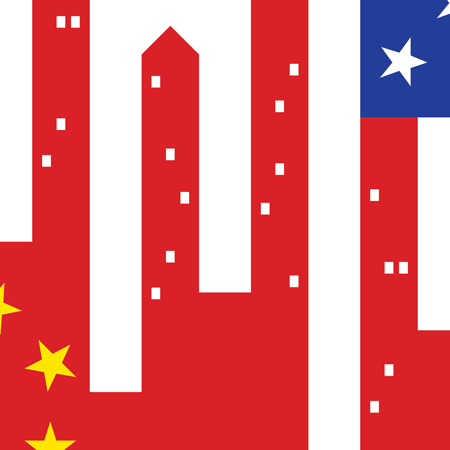It might be easy to pinpoint disruptive global trends such as populism, urbanisation and technology, but understanding them is more challenging as they play out so differently across the regions and cities of the world. In an age of global disruption, the definition of success is whatever works.
For example, labour automation is predicted to destroy certain types of jobs across the West. In Asia, with still so much more room for the internet, wi-fi and telecommunications infrastructure to grow, labour automation is instead seen as a positive disruptive force that will create more jobs.
It is the same with urbanisation. In the West, urban services productivity is what is keeping economies above zero growth. In Asia, by contrast, urbanisation is a much bigger story, driving massive change as the long tail of rural populations continues to move into cities and drives high growth rates.
Of course, technology remains at the heart of disruption for cities as economies see a rapid transition towards services: retail, digitised communication, telecommuting and co-working space. Cities are moving from the vertical to horizontal; those with gleaming office towers need to be careful as it is not clear who is necessarily going to occupy them – even the financial services sector is being disrupted by digitalisation.
To embrace this trend, future design and development has to be as flexible and as mixed use as possible. The younger you are as a city in terms of demographics, the more this becomes the preference of its people. On the margins, I see cities with initiative trying to promote this lifestyle – this is where Europe has an advantage – but I don’t yet see it happening on a large scale.
Disruption and the global order
Many think China is trying to assert dominance through its Belt and Road Initiative (BRI). However, this is basically infrastructure finance that will outlive China’s involvement. Europe would be wise to support it as Asia will continue to be a very strong trading partner. In my view, the BRI promotes critical connectivity, trade, urbanisation and economic diversification for a number of previously neglected large countries.
The BRI is just one way that we will likely see Europe-Asian integration, with the US remaining very powerful, if less connected. That’s partly because it has all it needs to more or less survive on its own: the people, land, natural resources, food, fuel and tech industries. While this makes it a global force, it doesn’t automatically give it a finger on the pulse of what other countries need.
Interestingly, Latin America and Africa are now becoming more central to the global order. They are the least powerful, but they are connected and participating in the world economy on a voluntary basis, not as colonies. Their resources are helping to keep commodity prices manageable for fast-growing regions, and bringing in revenue that helps them transition and diversify their economy.
It is difficult to have confidence in some countries because they are so fragmented internally, but Kenya and its neighbours, for example, have done a lot of joint infrastructure projects to connect to the Indian Ocean. Meanwhile, on the west coast of South America, the Pacific Alliance, that includes Colombia, Mexico and Peru, is increasing its trade with Asia.
In embracing disruption, the real estate industry should not treat Asia or other countries like developing markets. It should assume they want to leapfrog to having the highest standards of goods and services, and the highest quality of life and sustainable living. This is an opportunity for the real estate industry as, with 40% of GDP, the highest savings rates, and the world’s largest sovereign wealth funds and infrastructure investment, the money is essentially already there.




